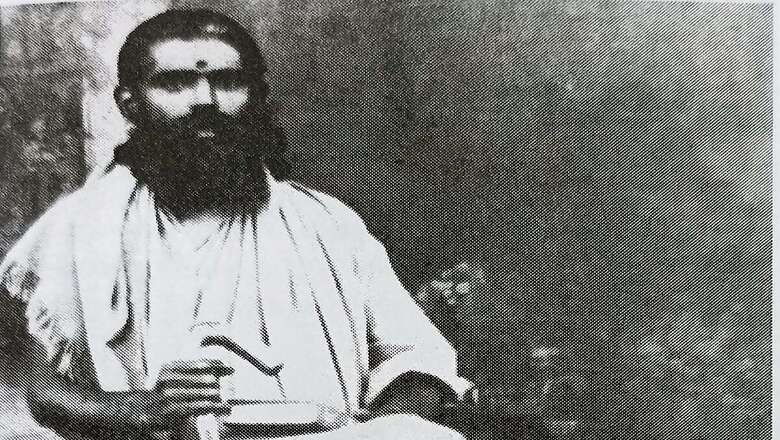
views
Neelakanta Brahmachari was a multi-layered personality who personified the famous George Bernard Shaw’s quote with a slight twist: “If at age 20 you are not a Communist, then you have no heart. If at age 30 you are not a Capitalist, then you have no brains.”
Just when he hit his 20s, he translated and published the Communist Manifesto in Tamil in 1911. This was well before the Russians decided on a revolution against the Tsar. In his 30s, he practiced capitalism of a different type. His capital was Sanatana Dharma – he practiced Vedanta capitalism.
Neelakanta was born in Erukkur near Sirkali in the Mayiladuthurai district of Tamil Nadu to Subbuthai on December 4, 1889. His father, Sivaramakrishna Ganapatigal was a Samaveda scholar. The eldest in a family of eight children. Although the family wasn’t well off, Neelakanta grew up according to the Vedic maxim – Speak the truth, Abide by the Dharma, Never be complacent/idle in your studies (Satyam Vada, Dharmam Chara, Swadhyayanma Pramadah, Taittriya Upanishad, Shikshavalli 11.1).
While the basics he learnt in Erukkur were helpful throughout his life, an interesting episode illustrates his integrity. There was a time when his family was going through severe financial stress. So much so that they had to sell their ancestral property in Erukkur and move to Mayavaram. His father was to take employment in a Veda Patashala there. He sent Neelakanta a message to pitch in and help them monetarily. This was also when Neelakanta handled a lot of public money collected for the cause he was fighting for – Swarajya of Bharat. Neelakanta did the unexpected, he completely cut off his ties and all communication channels with his family and let things pass.
He finished his ninth standard in Sirkali Sabhanayakar Hindu Higher Secondary School when the monetary situation in the family became apparent. He had to quit school and take employment as a lower-level clerk at Triplicane Urban Co-operative Society (TUCS) in the Madras of those days. He was settling down at TUCS, Triplicane when Bipin Chandra Pal of the Lal–Bal–Pal triumvirate visited Madras for a series of lectures. He was there at the invitation of a group including Mahakavi Bharathiyar. Luckily for Neelakanta, the venue of the lectures was Marina Beach which was only a stone’s throw from Triplicane. Mesmerised by Bipin Chandra Pal’s oratory, the fire of Swarajya started burning bright in his heart. The idea of revolution took over his mind. He resigned from his job at TUCS and took employment at the weekly newspaper ‘India’, which Mahakavi Bharathiyar was running then.
It was not long before ‘India’ was closed down by the British authorities for publishing seditious content. There was a rumour that Bharathiyar, the publisher, might get arrested soon. His well-wishers pressured him to move away to the French-administered town of Pondicherry to avoid arrest. Neelakanta followed Bharathiyar to Pondicherry, which was the safe haven for many revolutionaries wanted by the authorities from the British-administered Bharat. Neelakanta became the editor of a magazine published from there called ‘Sooryodayam’ (Sunrise).
This was also when Neelakanta Brahmachari became the wandering pracharak of Swarajya thought. His magnetic personality, amazing clarity of thought and speech that hit its target every time, like Arjuna’s arrows, made him create an army of followers for the cause of Bharat Mata. The Bharatha Matha Sangam he created in Tenkasi, Tuticorin etc gave birth to some of the most famous sons of Bharat Mata like Veera Vanchinathan, Krishnapuram Sankarakrishnan, Madathukkadai Chidambaram Pillai and Ottapidaram Madasami Pillai. He operated under many aliases like Bharadwajan, Govinda Narayan Dube, Govind Narayan, Swami Brahmachari and Neelakanta Dutta. Interestingly, he also had a French alias, Le Fraile, when he wrote for the ‘Vedanta Kesari’ magazine in Mylapore, Chennai.
An episode from this time illustrates the kind of revolutionary Neelakanta Brahmachari was. In Cuddalore, New Town, there was a very affluent lawyer, Chakravarthi Ayyangar. He was also a sympathiser and a subtle patron of Swadeshi activities. Neelakanta once had a very heated argument with him about armed revolution. In a state of near trance, Neelakanta loudly declared that the day when we will question the British openly for their oppression of Bharat Mata is not too far. And he added that on that day, they would answer our questions with their blood. Slightly shaken, Ayyangar proceeded to ask Neelakanta when that day would dawn. Neelakanta with a violent thump of the table in front of him declared loudly that it would happen within ten years by the blessing of Bharat Mata.
On March 12, 1908, Swadeshi leaders V O Chidambaram Pillai and Subramanya Sivam were arrested by the Collector of Tirunelveli, Winch and sent to the Palayamkottai prison. This act of Collector Winch shook the conscience of the right-minded people in Bharat. The Bharatha Matha Sangam under Neelakanta Brahmachari swore to take revenge for this act by the British, especially Winch. But then, Winch moved and Robert Ashe took his place as the collector. It turned out that Ashe was a worse tyrant than Winch.
Neelakanta Brahmachari’s protégé, Vanchinathan, shot Robert Ashe at Maniyachi Railway Station near Tirunelveli when he was en route to Kodaikanal for a vacation and also committed suicide to prevent capture. The case that followed was famously called the ‘Tirunelveli Conspiracy Case’ and Neelatanta was added as the prime accused. Neelakanta Brahmachari was captured from a hotel in Calcutta and brought back to Tamil Nadu to face the law. He was charged under Section 121A for conspiring to commit certain offences against the government and the British Crown. 280 prosecution witnesses took the stand while the accused produced 200 witnesses from their side. Neelakanta was sentenced to seven years of rigorous imprisonment and was lodged in the Bellary jail.
He escaped in a daring jailbreak only to be arrested at the nearby Dharmavaram railway station. The trial this time resulted in the cancellation of all good conduct credit he had earned during the two previous years of incarceration plus an addition of six months to the overall sentence, making it seven and a half years. The seven and a half years were spent in seven different jails – Bellary, Madras, Palayamkottai, Kannur, Coimbatore, Rajamahendrapuram and Vishakapatnam. He was finally released in August 1919.
Back in Madras, Neelakanta resumed his Swadeshi activities. But it turned out to be the darkest days of his life, days he spent in abject poverty and nights of hunger. He has recorded in his memoirs that there were times when he continuously went without food for four or more days. There were also nights when he begged for food, unable to withstand hunger. One of those streaks without food led him to his Guru, Mahakavi Bharathiyar, who was then living in Triplicane. Embarrassed yet overcome by severe hunger, Neelakanta is supposed to have asked for four Annas to have his first meal in four days. The Mahakavi became so angry that he immediately uttered one of his most famous poems, “Let us destroy this world if even one person goes without food” and of course fed his disciple well. Neelakanta Brahmachari’s was one of the shoulders that bore the weight of the Mahakavi as one of the four pallbearers when he passed away.
Later, he became disillusioned with the worldly Loukika life and decided to become a wandering mendicant. He traversed across Bharat to finally take the Sanyasa Path and became the ascetic Sri Sadguru Omkar and settled in an Ashram at the foot of Nandi Hills near Bengaluru. He had many disciples – famous people and commoners from across Bharat who flocked to his Ashram in Nandi Hills. The Yagna he performed during Shivratri and Durgashtami was so famous across Bharat that people came in droves to receive the Vibooti and Kumkuma Prasad which were said to have medicinal effects. Sadguru Omkar wrote a series on Sanatana Dharma for the ‘Organiser’ magazine in 1954, which was widely popular among the audience.
The great Yati, Sadguru Omkar who served Bharat Mata and Sanatana Dharma attained mukti and went into samadhi on March 4, 1978.
Let us remember his great service to Bharat and Dharma.
The author is a marketing communications professional who is currently working with a leading Technology MNC. He is an avid reader, a history buff, a cricket player, a writer, Sanskrit & Dharma Sastra student. Views expressed in the above piece are personal and solely that of the author. They do not necessarily reflect News18’s views.










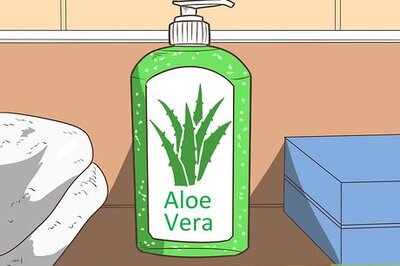
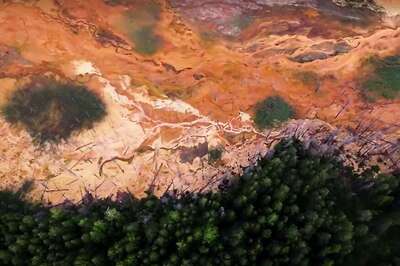
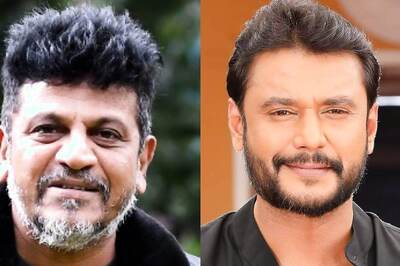
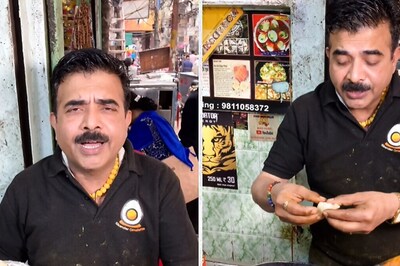





Comments
0 comment